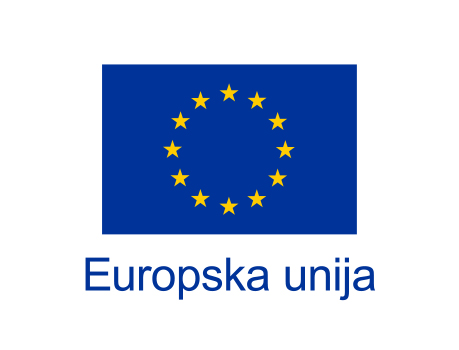Winery Rak is engaged in the production of grapes and wine in the Šibenik area in the specific climate of the local hinterland, and we stand out by growing and producing wine of two indigenous varieties: Babić and Maraština. We also produce Opolo from the Babić variety. Viticulture and winemaking are a long tradition of our family that we started back in 1960 and we inherit it in today’s production. Nurturing this tradition, as well as the inherited love for winemaking, today we use the most modern processes and equipment, which keeps pace with all modern achievements in the field of growing vines and obtaining quality wine. Our family farm within the winery has a tasting room where you can taste our wines and local specialities and restrooms where you can sleep.
Indigenous varieties of wine grapes and autochthonous wines of Šibenik-Knin County
Due to its geographical position and climatic characteristics, the area of Šibenik and Šibenik-Knin County has long been recognized as excellent for growing vines, and thus for wine production. The sparse land and the difficult rocky landscape “forced” the farmers to engage in the production of grapes and wine, and they proved to be excellent winegrowers and winemakers. Despite the monster phylloxera from the end of the 19th century. and at the beginning of the 20th century, a large part of the vineyards in the area of today’s Šibenik-Knin County was restored, and after the II. During World War II, the number of vineyards and the amount of wine produced were constantly declining. After phylloxera, only the most economically important domesticated and autochthonous varieties, babić, plavina, maraština, debit, were restored, and many others once represented have disappeared or remained in traces. After many vineyards were destroyed in the Homeland War, the restoration and construction of new ones reached its peak in the period from 2003-2007, and at that time it produced most of the winegrowers-winemakers who are still present in the area. The emphasis in production is placed on our indigenous and domesticated varieties, but many have expanded their offer to some introduced, mostly French wine grape varieties. In the European and world wine market, our small quantities are negligible, but with the excellent quality of indigenous wines, the richness of taste and aroma, we find our place under the sun.
Šibenik-Knin County, located in Central Dalmatia, is characterized by the beauty of its landscapes and a wealth of cultural and historical monuments. In its area, which the river Krka intersects like a bisector on its way from the Dinara to the sea, there are two national parks: Krka and Kornati. That the diversity and peculiarity of this area have long attracted man is evidenced by the preserved traces of the past throughout the county, from prehistoric forts and Roman settlements to medieval and Renaissance fortifications.
Šibenik is located in a spacious bay at the mouth of the river Krka. It was built amphitheatrically on the slope of the hill on which the fortress of St. Mihovila. Tall stone houses, narrow and winding streets, numerous staircases and the remains of city walls (arched passages) give it a dramatic topography and sculpture that no other city on the Adriatic coast has. At the entrance to the channel of St. Ante, which connects the bay with the sea, the city is protected by the late Renaissance fortress of St. Nicholas.















